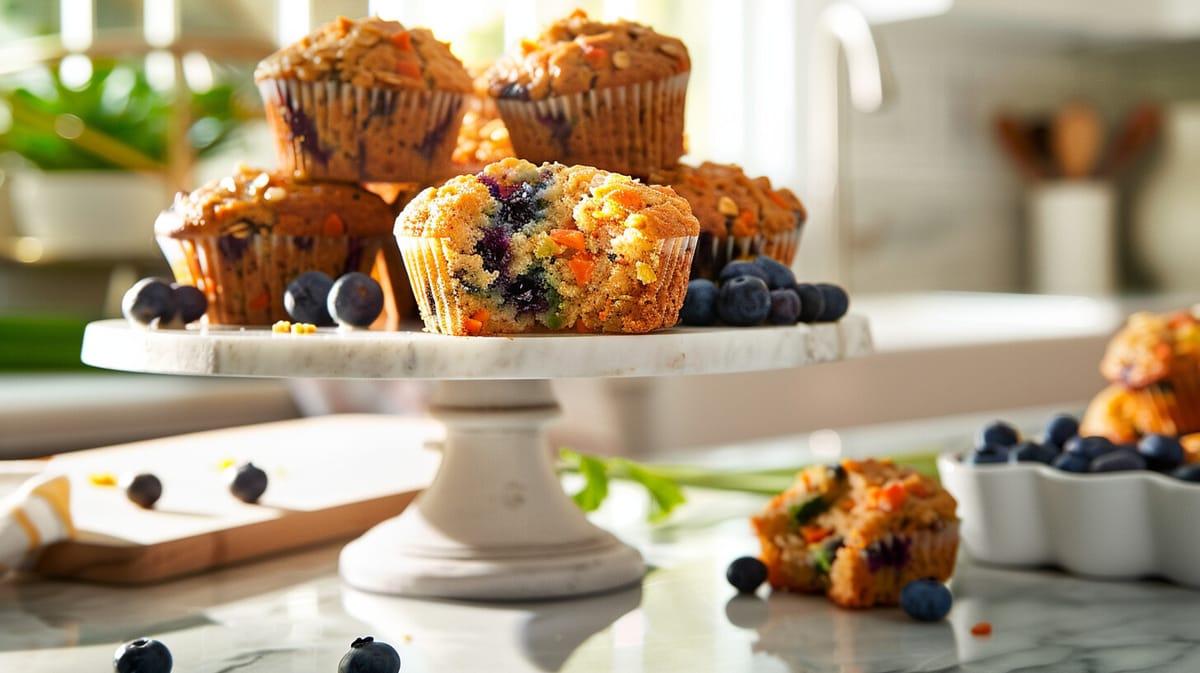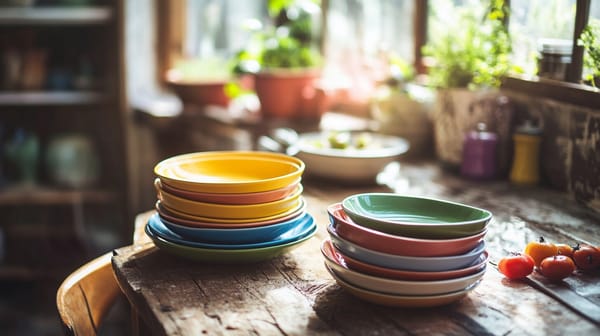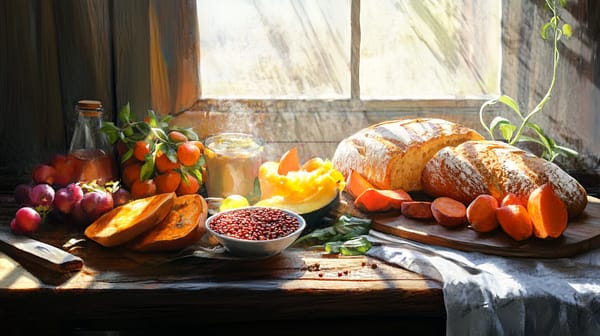5 Simple Baking Tricks to Make Your Treats Healthier

Healthy Baking Is Possible
As an advocate for balanced eating, I firmly believe that all foods, including baked goods, can fit into a healthy lifestyle. No food should be strictly off-limits. That said, I often get asked how home baking can be made "healthier" without compromising on taste. Striking that balance is no simple feat - I've had my share of flavorless quick breads and cookies from going overboard with nutritious ingredients. But through trial and error, I've discovered some foolproof tips to incorporate wholesome elements while still creating delectable treats.
1. Pumpkin Makes a Great Fat Substitute
Pumpkin puree works brilliantly as a 1:1 replacement for fat like oil or butter in recipes. Its subtle sweetness and moisture make it ideal in quick breads, muffins, and even cookies. I typically swap in pumpkin for half the fat - so 1/2 cup pumpkin and 1/2 cup butter if the recipe calls for 1 cup butter. This way you still get the irreplaceable flavor and texture of butter, but with less saturated fat. As a bonus, pumpkin provides vitamin A, potassium, and heart-healthy fiber.
2. Don't Fear the Fat
While pumpkin makes a good stand-in, completely eliminating fat isn't necessary or advisable. Dietary fat is crucial for absorbing fat-soluble vitamins (A, D, E, K), producing hormones, growing cells, protecting organs, promoting satiety, and more. Butter, especially, provides satisfying qualities in baked goods. Using only low-fat substitutes can make the end product less satiating, causing you to eat more. When baking with butter, opt for high-quality, like grass-fed, which contains less saturated and more monounsaturated fats than conventional butter.
3. Amp Up Nutrition with Fruits & Veggies
One of the easiest ways to boost the nutrients in baked goods is by adding fruits or vegetables. They can also enhance flavor and texture. I love folding in vitamin A and fiber-rich shredded carrots or zucchini into quick breads, muffins, and cookies. Antioxidant-packed blueberries, apples, and bananas work well in many recipes too. Fruits and some veggies, like beets or carrots, add natural sweetness as well, so you may be able to cut back the sugar a bit.
4. Use Sugar Smartly
Speaking of sugar, it undeniably makes baked goods delicious. But excessive added sugar intake, the kind in treats, may contribute to health problems over time when consumed in large amounts. Rather than nixing sugar altogether or replacing it with unsatisfying or highly processed substitutes, use the amount called for in recipes. You can swap some, but not all, with fruit or veggie purees. Enjoy sugary baked goods occasionally as part of a varied, produce-rich diet. Honey and maple syrup work in place of white sugar if you prefer, but ultimately all sugars are digested the same way in the body.
5. Focus on What You Can Add vs. Take Away
When it comes to making baked goods "healthier," I prefer focusing on nutritious ingredients to include rather than what to eliminate. A balance can be struck between nutrient-dense additions and essential components like sugar, flour, and butter. After all, those are baking mainstays for good reason! Treats lose their appeal if they don't taste good. Experiment with wholesome add-ins to increase the nutrient profile of your baked creations, but remember the purpose behind making them in the first place. Enjoy!




